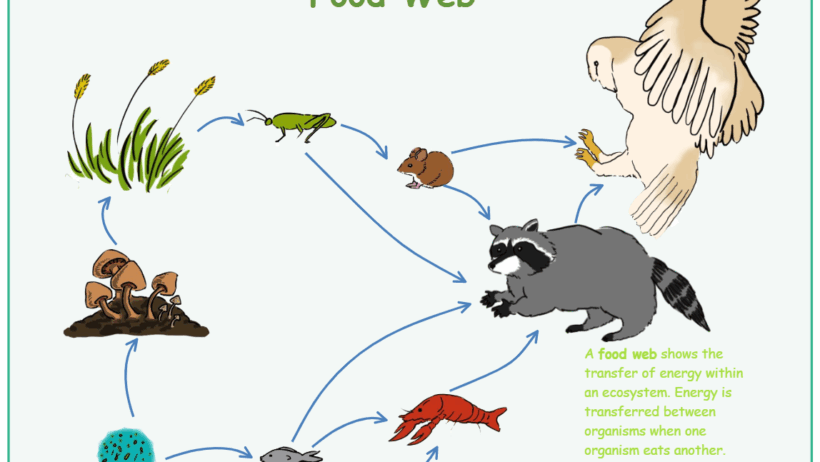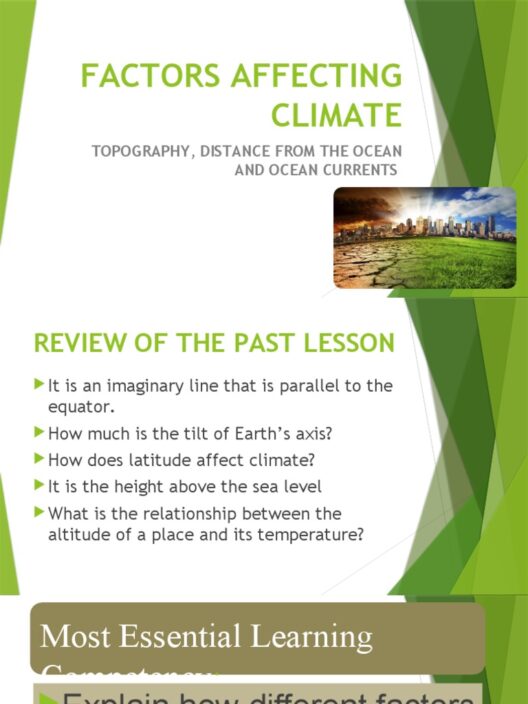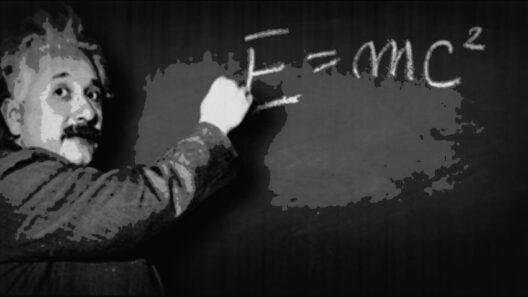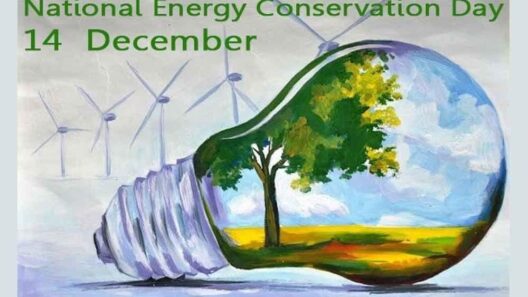The intricate web of life that binds organisms together is known as a food web, an illustration of the feeding relationships within an ecosystem. At the core of this system lies energy transfer—energy originating from the sun and being transformed as it moves through various trophic levels, which include producers, consumers, and decomposers. A pivotal question arises in this context: Is energy conserved within this complex network, or is it primarily dissipated as heat? Understanding this phenomenon is crucial for comprehending ecological dynamics and the sustainability of our natural environments.
At the base of the food web are autotrophs, primarily plants, which harness solar energy through photosynthesis. This process converts inorganic compounds and sunlight into organic matter, effectively capturing energy for use by the next level in the food chain. These producers are the foundation of energy flow, and their efficiency in energy capture can dramatically affect the overall productivity of an ecosystem.
Once energy is harnessed by plants, it enters the food web when herbivores consume these producers. This energy transfer can be understood through the lens of the 10% rule, which states that typically only about 10% of the energy from one trophic level is passed on to the next. The majority of energy—approximately 90%—is lost through metabolic processes, including respiration, movement, and reproduction, manifesting primarily as heat. This thermodynamic reality raises questions about conservation of energy in these systems.
Heat loss is an inevitable consequence of energy transfer throughout the food web. As organisms metabolize energy, they generate heat as a byproduct of cellular processes. For instance, when a herbivore converts plant matter into body mass, the inefficiencies inherent in respiration result in substantial heat loss. This dissipated energy does not return to the ecosystem; instead, it escapes into the environment. Thus, while energy is conserved within the limited confines of each organism, the larger system experiences significant energy loss, primarily in the form of heat.
Understanding these losses prompts deeper exploration into energy dynamics within ecosystems. For instance, although energy is consistently lost, it is vital to recognize that ecosystems adapt and evolve to optimize energy use and minimize waste. Certain types of food webs, such as those found in extreme environments like deep-sea vents, exhibit unique adaptations that maximize energy efficiency despite the inherent losses. Trophic cascades—indirect effects that predators exert on plants and herbivores—can influence energy flow, underscoring the complexity of energy conservation within the natural world.
Moreover, energy conservation in ecosystems is not merely a passive reflection of energy transfer; it is an active pursuit of balance. The strategies employed by organisms to capture and utilize energy can substantially influence the entire system. For example, some plants have evolved mechanisms to boost their photosynthetic efficiency or utilize alternative pathways to capture sunlight. Similarly, certain herbivores have adapted digestive processes that allow them to extract greater amounts of energy from their plant-based diets.
Another layer to this discussion involves the role of decomposers, the unsung heroes of energy recycling. These organisms, including fungi and bacteria, play a crucial role in breaking down dead organic matter, thereby releasing nutrients and energy back into the soil ecosystem. While their activity does entail energy dissipation, it also facilitates the regenerative processes that sustain ecological health. This recycling ensures energy remains within the ecosystem for as long as possible but reaffirms that this energy remains part of an ever-evolving cycle of loss and gain.
The fascination with food webs and energy conservation lies not only in the scientific principles involved but also in the broader implications for conservation efforts. Recognizing the energetic relationships within ecosystems emphasizes the need to protect biodiversity and maintain the integrity of these systems. The loss of a single species at any trophic level can disrupt energy flow, resulting in cascading effects that can diminish the ecosystem’s ability to function effectively. Conservation efforts, therefore, must prioritize the preservation of all trophic levels, ensuring the resilience and sustainability of food webs.
As humanity grapples with environmental challenges, including climate change and habitat loss, understanding the tenets of energy conservation and loss within ecosystems becomes ever more vital. Ensuring the continuity of energy flows helps maintain healthy ecosystems, ultimately supporting vital services such as carbon sequestration, nutrient cycling, and water filtration. By fostering a deeper appreciation of these ecological principles, society can work towards sustainable practices that align with the natural rhythms of the earth.
In conclusion, while energy is fundamentally transformed and utilized within a food web, it is also invariably lost—primarily as heat—due to the laws of thermodynamics. The delicate balance between energy conservation and loss illustrates not only the complexity of ecological interactions but also underscores the imperative of protecting these systems. Through thoughtful stewardship of our natural environments, we can help preserve the intricate connections that sustain life on our planet, ensuring that energy continues its journey through the web of life.







